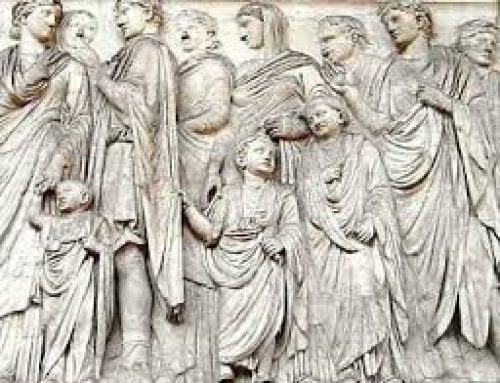
A pie cut into thirds
The denominator of a fraction is the number on the bottom (the top is the numerator). In the fraction 1/2, the denominator is 2. In the fraction 45/66, the denominator is 66. And in the fraction 2/3, the denominator is 3. For whole numbers, the denominator is always one, so when we say “three”, we could also write that as 3/1.
The denominator tells you how many pieces you’re cutting your pie into, or how many stops there are between two whole numbers. If the fraction is 1/2, that means you cut the pie into two equal size pieces and then choose one of the pieces: you have one out of two pieces, or half the pie. If the fraction is 1/3, that means you cut the pie into three equal pieces and then choose one of the pieces. You eat one out of three pieces, or a third of the pie.
In order to add or subtract fractions from each other, they need to have a common denominator.
More about numerators
And more about common denominators
More about fractions
Bibliography and further reading about numbers:




